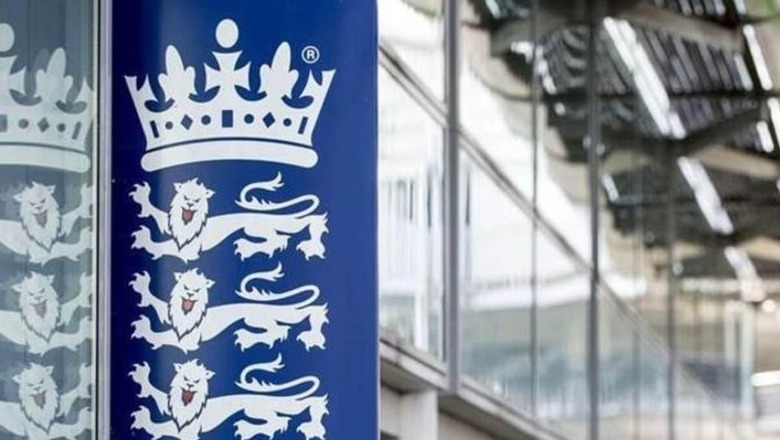
views
The European Central Bank left its key interest rate untouched at a record-high 4% on Thursday, keeping credit expensive for businesses and consumers as it tries to make sure inflation is firmly under control before cutting borrowing costs — a move expected later this year.
The question is, how much later this year. Financial markets are expecting a rate cut as early as April, while ECB President Christine Lagarde has indicated it likely would happen this summer.
Analysts expect her to use a news conference later Thursday to underline that the bank needs to see more proof that painful inflation — which has made everything from groceries to energy more expensive — has been beaten down.
Lagarde is faced with financial markets that are anticipating cuts as early as April, and stock prices that have risen and fallen depending on hopes for the boost from lower rates.
She has cautioned that the bank will make decisions based on the latest figures about the economy’s health rather than making longer-term promises.
The ECB kept its benchmark rate steady at 4%, also the path taken by Norway’s central bank Thursday. The same day, the central bank in Turkey, which is suffering from out-of-control inflation of nearly 65%, raised its key rate to 45%, expected to be the last increase for some time.
Stock investors saw their holdings, such as those in U.S. retirement accounts, soar in the last weeks of 2023 as the U.S. Federal Reserve and ECB indicated that a rapid series of rate hikes was ending. Fed Chair Jerome Powell said officials discussed prospects for rate cuts at the bank’s December meeting, and the U.S. central bank has indicated it would cut its key interest rate three times this year.
The S&P 500, a broad measure of U.S. large company shares, has hit record highs this week, and European indexes also have risen. The global stock rally faces questions about whether gains can continue.
Rate cuts make riskier investments like stocks more attractive than safer bets like money market accounts and certificates of deposit. They also stimulate business activity and thus prospects for share prices to go higher.
Expectations for rate cuts have been fueled by the rapid drop of inflation in Europe to 2.9% in December from the peak of 10.6% in October 2022. In a little over a year, the ECB raised its key rate from negative levels — which made it cheap to borrow money to buy a house or invest in a business — to a record-high 4%.
While rate hikes are a central bank’s chief weapon to snuff out inflation, they also can slow the economy — which has been seen in Europe and countries around the world, feeding expectations for cuts now that inflation has dropped closer to preferred levels.
The economy of the 20 European Union member countries that share the euro currency, where the ECB sets interest rates, shrank slightly in the July-to-September quarter of last year. Expectations are no better for the following months.
The economic squeeze follows a surge of inflation fueled by a supply chain crunch during the COVID-19 pandemic and then higher food and energy prices tied to Russia’s war in Ukraine. The worst of the energy costs and supply problems have eased, but inflation has spread through the economy as workers push for higher wages to keep up with the boost in prices they’re paying.
Analysts say there are good reasons for the ECB to move cautiously. For one, having to reverse course and raise rates if inflation doesn’t keep falling — or spikes again — would only prolong the pain from tighter credit.
Another is the speed of pay raises for Europe’s workers. ECB officials have indicated that they want to see figures for wage increases for the first months of this year before deciding where they think inflation is headed.
“Lagarde will likely keep the door wide open for a first cut in June without fully committing to it,” according to analysts at Berenberg bank. “By emphasizing the need for more data on inflation dynamics in early 2024, she may push back gently against market expectations for a first rate cut in April.”
Additionally, attacks by Yemen’s Houthi rebels on ships in the Red Sea have forced many vessels bringing consumer goods and energy supplies to Europe to avoid the Suez Canal and take a longer journey around the tip of Africa.
The disruption has so far not led to higher oil prices but has added to shipping costs for companies and underlined uncertainty about energy supplies and whether businesses could pass along higher expenses to consumers that would fuel a new round of inflation.


















Comments
0 comment